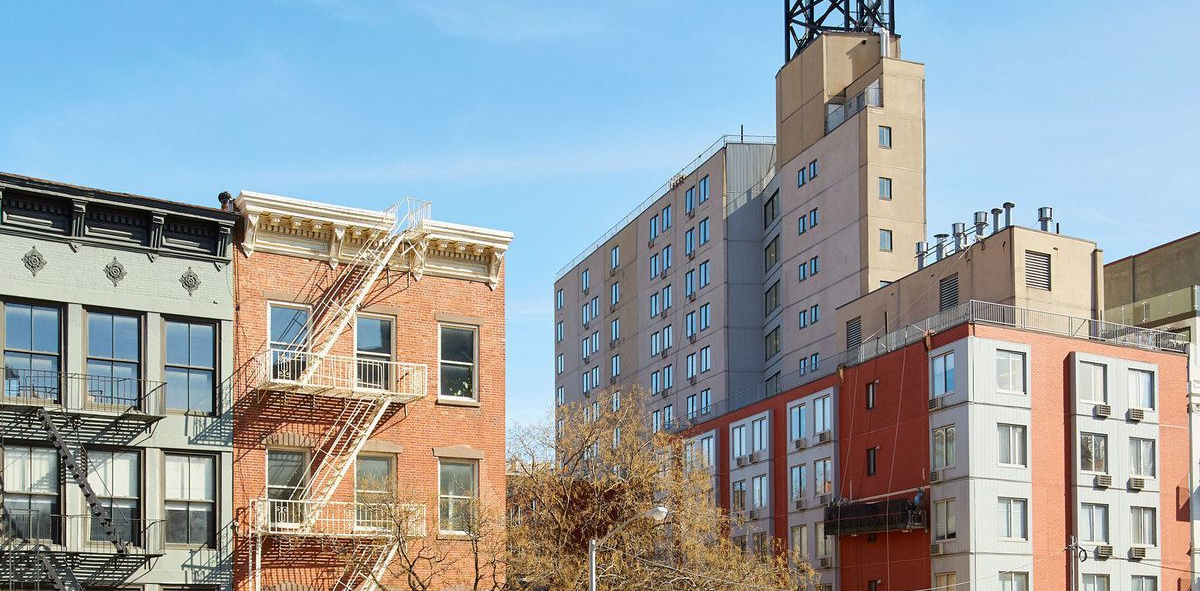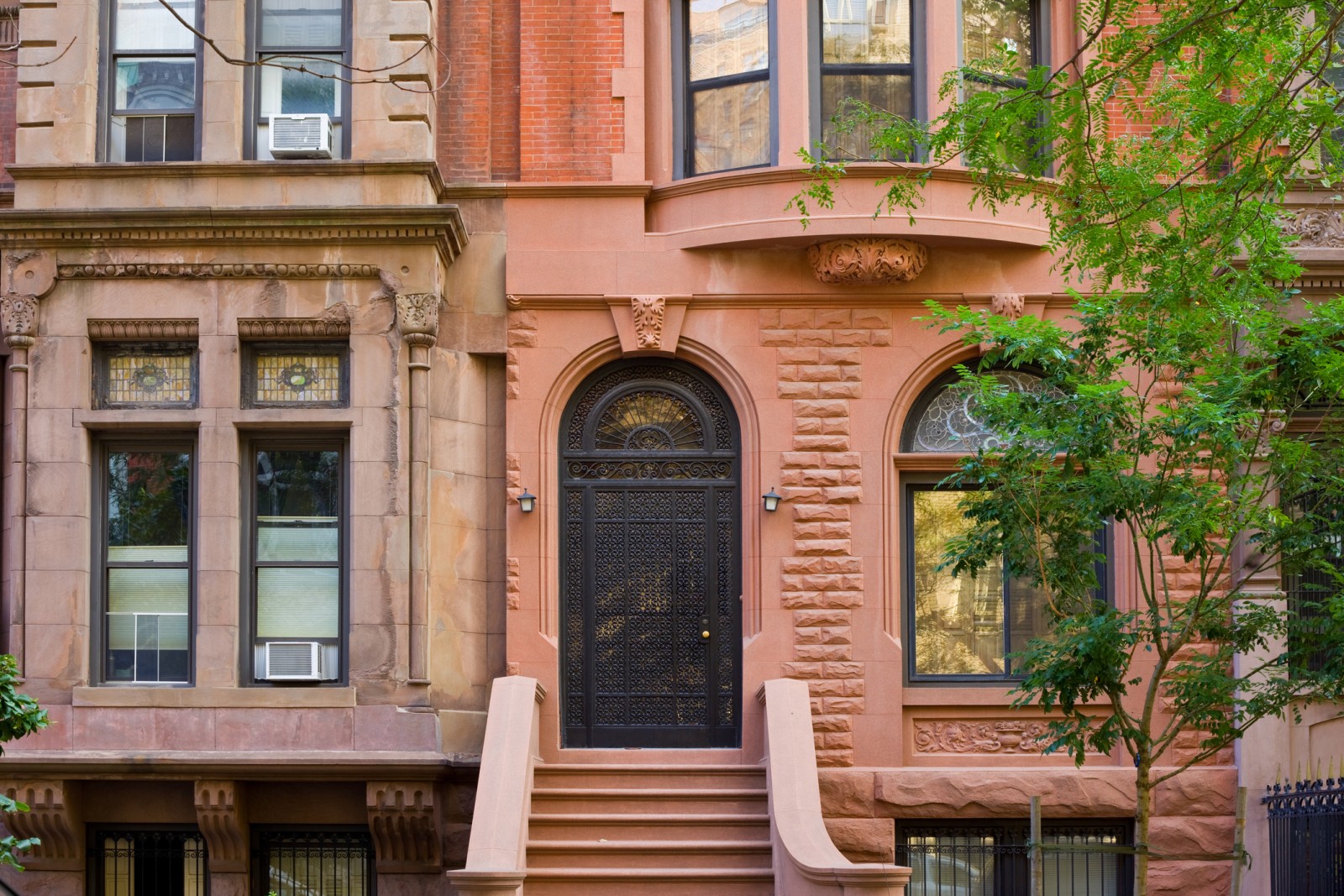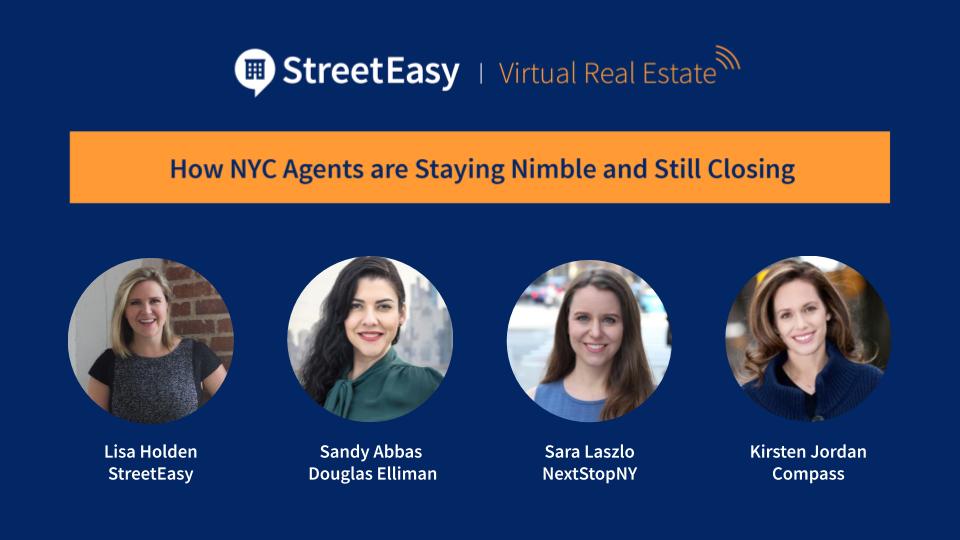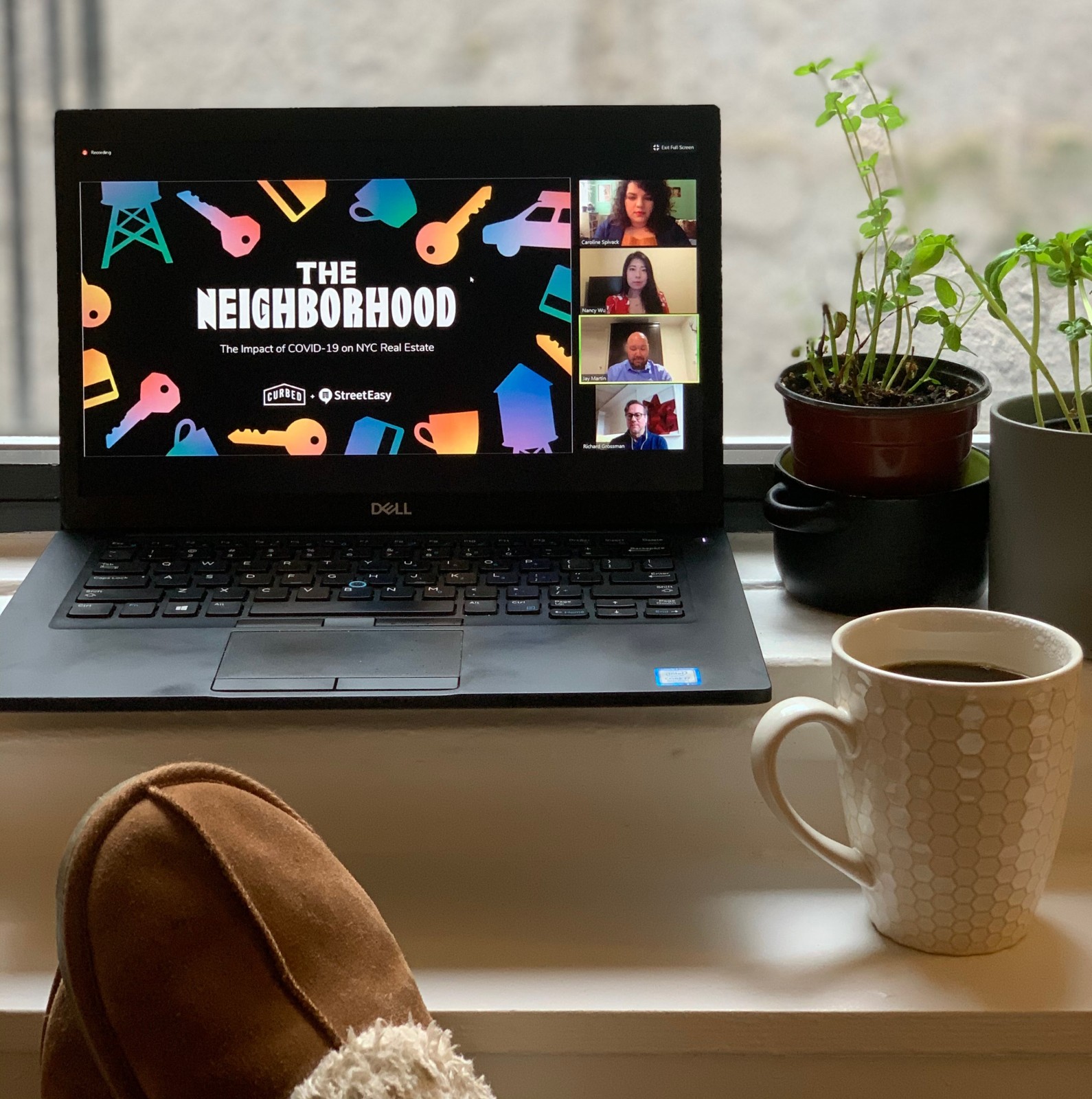The COVID-19 pandemic has left many to wonder what the city and its housing market will look like on the other side. After 9/11, the 2008 financial crisis, and Superstorm Sandy, similar questions loomed over New York, and the city reshaped itself as a result of these impactful events. What lessons can be drawn from these previous events that could guide the housing market in a post-COVID era? How does our current situation differ from the past, and what new challenges could emerge?
In the final installment of The Neighborhood, an event series in partnership with Curbed and StreetEasy, Curbed reporter, Valeria Ricciulli, hosted a virtual discussion with experts from various vantages of the NYC housing industry, examining the aftermath of the three previous crises for clues to what the future could hold for the New York City housing market in a post-COVID era.
Speakers included:
- Jonathan Miller, Housing Analyst at Miller Samuel
- Reba Miller, Real Estate Agent, Berkshire Hathaway
- Christie Peale, CEO & Executive Director at Center for NYC Neighborhoods – a nonprofit that advocates for affordable homeownership in New York for middle and working-class families
- Barika Williams, Executive Director, Association for Neighborhood & Housing Development — nonprofit and coalition of community groups advocating for equitable neighborhoods and affordable housing
Below is a recording of the full event, along with some highlights from the conversation.
“After 9/11, everyone left the city. This crisis has also sparked some exits, but then again, it’s summer, people always leave New York this time of year. What will be interesting is to see if they return,” remarked Reba Miller, an agent with Berkshire Hathaway who holds 35 years of experience in New York.
Talking about the 2008 financial crisis, CEO & Executive Director at Center for NYC Neighborhoods, Christie Peale, remarked, “We lost 20,000 black homeowners from Queens between 2008 and 2017 due to foreclosures.” Peale continued, “Plenty of barriers like access to credit have made it difficult for those folks to return to this market. When it comes to our current situation, I’m not sure how anything has changed that will yield meaningful cashflow for strapped homeowners.”
Barika Williams, executive director at the Association for Neighborhood & Housing Development explained that “For whatever reason, the federal government is treating this health crisis very differently than previous natural disasters. During Hurricane Sandy, folks could apply for 12 – 24 months of rental assistance, and today, it’s infeasible for people who’ve lost jobs and income to be able to make up that money in the short run, and yet they’re not seeing that same assistance.”
What’s more, “The federal money in this crisis is flowing through the banks and the banks are risk-mitigating so the access to funds is still very difficult,” explained Jonathan Miller, housing analyst at Miller Samuel. “The concern,” Miller elaborated, “is around finding the right action to counter that and not waiting for the federal government makes a lot of sense.”
All panelists concluded that COVID caused new concerns, unlike any other crisis such as roommates becoming studio renters to minimize exposure, or folks sacrificing favored amenities for private outdoor space.
New York City is still in the early phases of reopening, and the long term effects of COVID remain to be seen. With phase 2 underway and real estate activities restarting, StreetEasy is here to help agents navigate safely. To find out about future webinars or submit yourself or a peer as a speaker, send us a note at StreetEasyEvents@StreetEasy.com.









